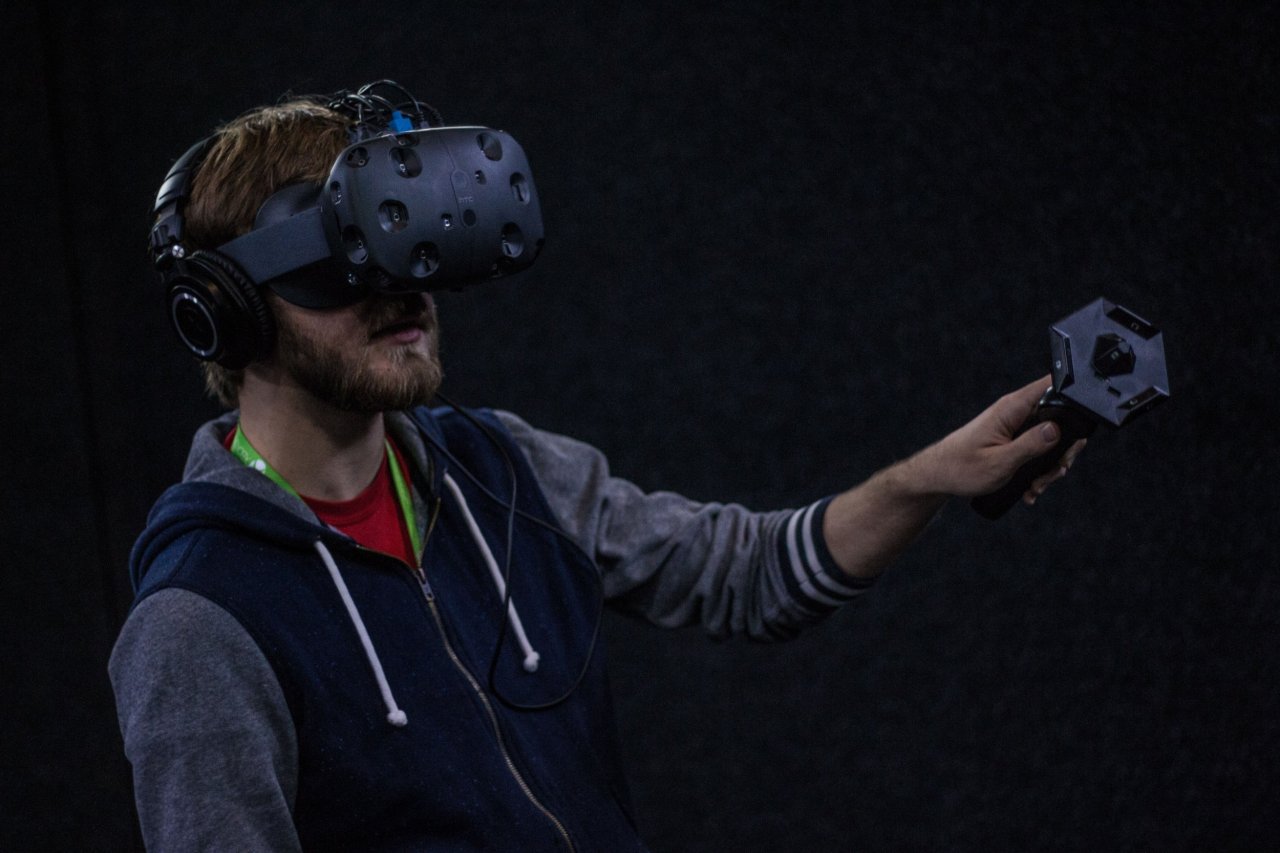The digital landscape is constantly evolving, and HTC is at the forefront of the revolution with the announcement of the second generation Vive Development Kit. This innovative headset symbolizes a fusion of virtual reality (VR) and augmented reality (AR), paving the way for enhanced user experiences that could redefine the very nature of interaction in digital spaces. As technology continues to push boundaries, let’s dive into the remarkable features of the Vive Dev Kit and the implications for both VR and AR enthusiasts.
Bridging the Gap: VR Meets AR
Virtual reality has long captivated users with its promise of total immersion into completely fabricated environments. However, HTC’s latest Vive advancements suggest a paradigm shift where the lines between VR and AR become intriguingly blurred. The introduction of a front-facing camera enables users to interact with their real surroundings even while immersed in a virtual world. This innovative approach invites users to experience both realities simultaneously, offering the best of both worlds.
Enhancements That Matter
- Improved Comfort and Ergonomics: The redesigned Vive Dev Kit boasts a more comfortable fit, addressing user concerns regarding prolonged use. No longer will gamers have to sacrifice comfort for immersive experiences.
- Superior Visuals: The tweaks intended to enhance image clarity and overall visual performance are significant. This upgrade aims to minimize the queasy feelings often associated with VR sessions, making it a more enjoyable experience.
- Real-World Interaction: HTC highlights the joy of being able to navigate through the real world, carry on conversations, or grab your drink without needing to remove the headset. This functionality offers a seamless transition between virtual and physical environments.
Competing in a Crowded Market
As companies like Oculus and Sony prepare to launch their own VR devices, HTC appears determined to carve out a niche for the Vive by emphasizing its mixed reality capabilities. The inclusion of controllers with the Vive keeps it a step ahead of some competing systems, which might delay user engagement when they first arrive on the market. However, the race is tight, and it remains to be seen how each platform will perform in terms of user adoption and compelling content.
The Content Conundrum
At the heart of it all is the content that drives these experiences. No matter how advanced the technology, it must be coupled with captivating experiences to truly resonate with users. Whether it’s games, simulations, or educational tools, the pressure is on developers to create experiences that truly take advantage of both virtual and augmented realities.
Conclusion: A Glimpse into the Future
HTC’s latest Vive Dev Kit stands as a testament to the ongoing evolution of immersive technology, where the realms of reality converge. By improving comfort, enhancing visuals, and fostering interaction between digital and physical worlds, HTC is poised to redefine the standards of VR and AR. As technology continues to advance, users can look forward to a plethora of creative experiences that push the envelope further than ever before.
At fxis.ai, we believe that such advancements are crucial for the future of AI, as they enable more comprehensive and effective solutions. Our team is continually exploring new methodologies to push the envelope in artificial intelligence, ensuring that our clients benefit from the latest technological innovations.
For more insights, updates, or to collaborate on AI development projects, stay connected with fxis.ai.

